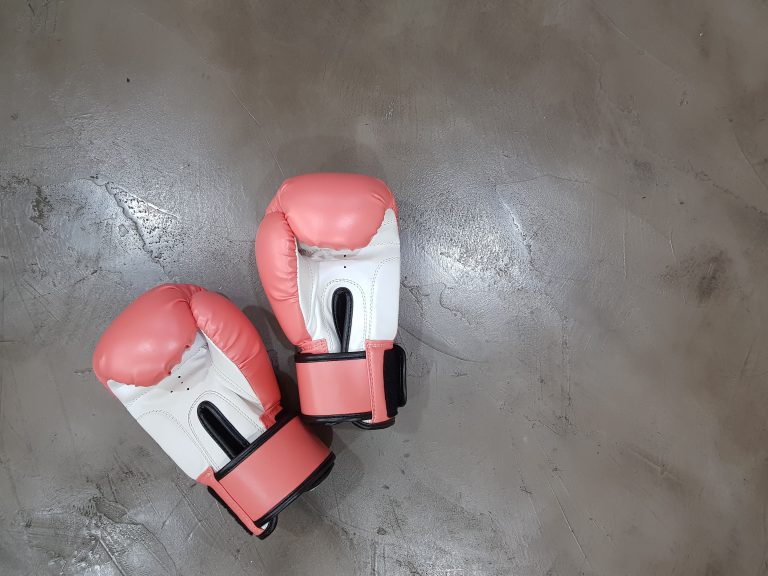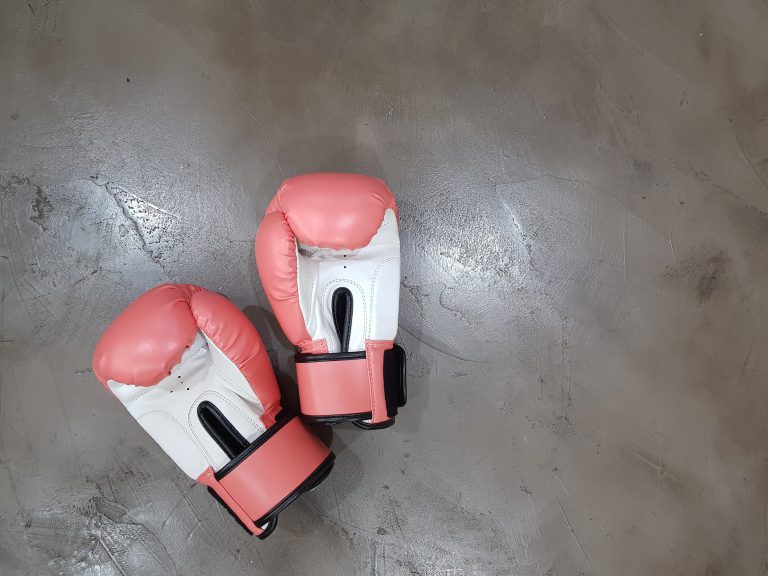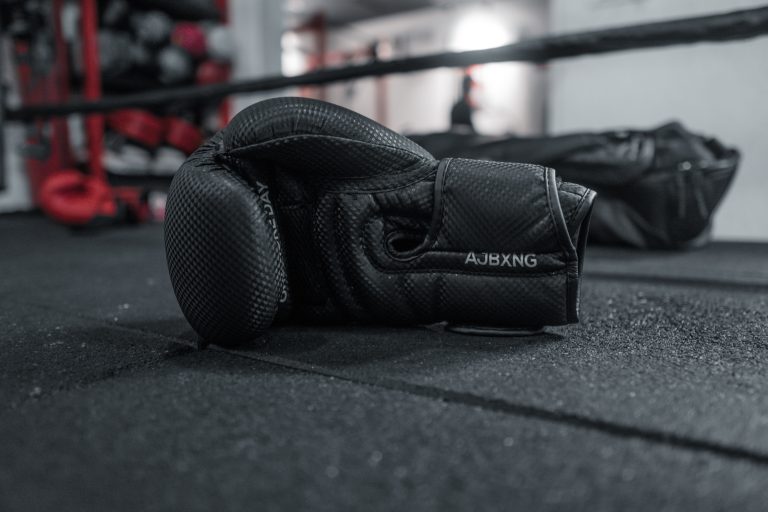How to Get Better at Karate Kicks
Karate is a martial art that originated in Okinawa, Japan. It is known for its fluid movements, powerful strikes, and strong kicks. Kicking is one of the most important aspects of karate, and it requires a great deal of practice to master. Here are some tips on how to get better at karate kicks.
1. Warm-Up and Stretch
Before you start practicing your karate kicks, it’s important to warm up and stretch your muscles. A good warm-up will increase blood flow to your muscles, making them more flexible and less prone to injury. Stretching will also increase your range of motion and help you achieve better kicks.
2. Focus on Technique
Karate kicks require proper technique to be effective. Make sure you are using the correct form when executing kicks. Begin with the basic kicks such as front and side kicks, and gradually move towards the more complex kicks such as roundhouse and hook kicks. Pay close attention to your body positioning, foot placement, and follow-through.
3. Practice, Practice, Practice
Practicing your kicks is the key to improving them. Set aside time each day to practice your kicks. Start slowly and gradually increase your speed and power. Don’t forget to focus on technique and incorporate feedback from your instructor to improve your form.
4. Strengthen Your Leg Muscles
Strengthening your leg muscles will help you deliver more powerful kicks. Incorporate leg strengthening exercises such as squats, lunges, and calf raises into your workout routine. You can also use resistance bands or ankle weights to add resistance to your kicks.
5. Work on Your Flexibility
Flexibility is crucial for performing high kicks with proper form. Incorporate stretching exercises, such as the butterfly stretch, hamstring stretch or quad stretch, into your warm-up routine. You can also use foam rollers or massage balls to release tension in your muscles and improve your flexibility.
6. Visualize Your Kicks
Visualization is a powerful tool for improving your kicks. Spend time visualizing yourself executing perfect kicks. Imagine the feeling of your body moving in the correct form and the sound of your foot connecting with the target. Visualization can help you improve your kicks by improving muscle memory and boosting your confidence.
7. Incorporate Plyometric Exercises
Plyometric exercises can help improve your explosive power, which is essential for delivering effective kicks. Incorporate plyometric exercises such as box jumps or squat jumps into your workout routine to improve your explosiveness.
8. Practice with Targets
Practicing with a target such as a punching bag or a kicking pad can help you improve the accuracy and power of your kicks. Focus on hitting the target with proper form and follow-through. Start slowly and gradually increase your speed and power.
9. Get Feedback from Your Instructor
Your instructor can offer valuable feedback on your form and technique. Don’t be afraid to ask for feedback and incorporate it into your practice. Your instructor can also offer additional tips on how to improve your kicks.
10. Stay Focused and Motivated
Improving your karate kicks takes time and dedication. Stay focused on your goals and motivated to improve. Celebrate your progress and use setbacks as opportunities to learn and improve.
In conclusion, improving your karate kicks takes time, dedication, and practice. Focus on your technique, strengthen your leg muscles, work on your flexibility, visualize your kicks, and incorporate plyometric exercises into your workout routine. Practice regularly with targets and get feedback from your instructor. Stay motivated and stay focused on your goals, and before you know it, you’ll be delivering powerful and accurate kicks with ease.
How to Get Better at Karate Kicks: FAQs
Getting better at karate kicks requires consistent practice, focus, and determination. While improving your karate kicks can seem like a daunting task, with the right guidance, anyone can develop their kicking skills. In the following post, we will address the most frequently asked questions about how to get better at karate kicks.
1. How often should I practice my karate kicks?
To improve at karate kicks, you need to practice them regularly. It’s recommended that you practice your kicks at least three to four times a week, with each session lasting at least 20 minutes. Remember, quality practice is more important than quantity, so make sure you’re focusing on proper technique and form in every session.
2. How can I improve the power of my kicks?
Improving the power of your kicks requires a combination of strength training and proper technique. To build strength, you can incorporate exercises like squats, lunges, and calf raises into your workout routine. In addition, focus on developing good form and technique in your kicks. Make sure you’re engaging your core and hips when executing a kick, and practice kicking with a heavy bag or target to build power.
3. How can I improve the speed of my kicks?
Like power, speed can also be improved with both strength training and proper technique. Incorporate plyometric exercises like jump squats and box jumps into your routine to develop explosive power. In addition, make sure you’re using proper technique in your kicks. Focus on snapping your leg out and back quickly, and practice kicking with a partner to develop speed.
4. How can I improve my balance when kicking?
Balance is essential when executing a proper karate kick, and improving it requires a combination of strength and flexibility. Incorporate exercises like single-leg squats and lunges into your routine to develop lower body strength and stability. In addition, practice stretching exercises like yoga to improve your flexibility.
5. How can I improve the accuracy of my kicks?
Accuracy can be improved with consistent practice and focus. Start by practicing your kicks slowly and with intention, focusing on hitting a specific target each time. Once you have developed good technique and form, gradually increase your speed and power while still maintaining accuracy. You can also practice kicking drills with a partner or on a target to improve your accuracy.
6. How can I prevent injuries while practicing karate kicks?
Injuries can be prevented by properly warming up before practice and using proper technique in your kicks. Make sure to stretch and warm up your muscles before each practice session. In addition, use protective gear like shin guards and foot pads to prevent injuries. Finally, if you feel pain or discomfort while practicing, stop immediately and seek medical attention if necessary.
How to Get Better at Karate Kicks
Introduction
Karate is a martial art that requires strength, speed, and precision. The kicks are one of the most important skills that a karate student must master. If you want to improve your karate kicks, you need to have a good understanding of the technical aspects and the physical requirements of the technique.
In this guide, we will give you step-by-step instructions on how to get better at karate kicks through proper training and consistent practice.
Step 1: Master the Basics
Before you can improve your karate kicks, you need to have a solid foundation. It is essential to practice basic kicks like front kick, roundhouse kick, and sidekick until they become second nature. Pay attention to details such as foot placement, hip rotation, and keeping your balance.
To master the basics, start with a slow, controlled movement and gradually increase the speed and power of your kicks. Make sure you maintain proper form throughout the movement and do not compromise the technique for the sake of speed or power.
Step 2: Develop Strength and Flexibility
Karate kicks require a lot of strength and flexibility in your legs, hips, and lower back. To develop these areas, include exercises like squats, lunges, leg curls, and calf raises in your training routine.
In addition to strength training, it is also essential to work on your flexibility. Stretch regularly, especially before and after training sessions. Incorporate dynamic stretches like leg swings and hip rotations to improve your range of motion and reduce the risk of injury.
Step 3: Train with Focus Mitts
Training with focus mitts is an effective way to improve your speed, accuracy, and power in your karate kicks. Focus mitts are small pads that your partner holds, and you hit with your kicks.
Start with basic drills like front kicks and roundhouse kicks and gradually progress to more complex combinations. Focus on your technique, keeping your balance, and hitting the mitts with speed and accuracy.
Step 4: Practice Kicking Drills
In addition to focus mitts drills, practicing kicking drills with a partner or on your own can also improve your karate kicks. Some examples of kicking drills include kicking a heavy bag, a shield, or a target pad.
When practicing kicking drills, focus on maximizing power and speed while maintaining proper form. Keep your eyes on the target, breathe deeply, and follow through with your kicks.
Step 5: Train with Resistance
Training with resistance can help you increase your strength and power for karate kicks. Ankle weights, resistance bands, and weighted vests are some examples of resistance training equipment you can use.
Incorporate resistance training into your workout routine gradually and use it sparingly. Too much resistance can put too much stress on your joints and lead to injury.
Conclusion
Improving your karate kicks requires a combination of technical mastery, physical strength and flexibility, and consistent practice. By following the steps outlined in this guide, you can make significant progress in your karate kicks and take your martial art skills to the next level.
Remember to always warm up before training, listen to your body, and rest when necessary. With patience and persistence, you can improve your karate kicks and become a formidable martial artist.
Inhaltsverzeichnis






